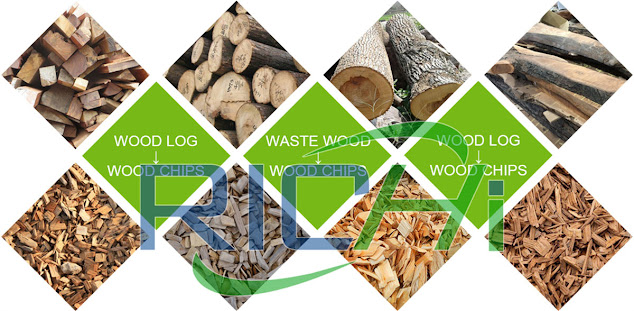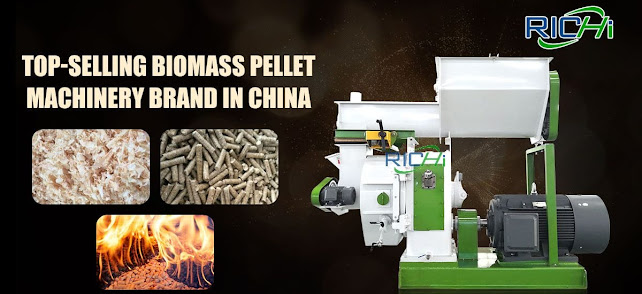How is the feed in the feed factory formulated?
How is the feed in the feed factory formulated?
Feed including soybean, soybean meal, corn, starch, corn fiber husk, oil bran, fishPowder, amino acids, miscellaneous meal, fermented bacterial protein, additives, whey powder, oil, meat and bone meal, Grain and other kinds of slag are more than dozens of varieties of feed raw materials. Observe the shape, color, and presence of feed No mildew, bugs, lumps, foreign objects, etc.
Peanut cake and meal can be used for pigs, chickens and other monogastric animals and ruminant livestock, and their palatability is very good. However, due to poor amino acid composition and easy contamination of aflatoxin, the feeding amount of peanut cake and meal is limited to a certain extent. Peanut cake and meal are good feed for domestic animals.
Feed including soybean, soybean meal, corn, starch, corn fiber husk, oil bran, fishPowder, amino acids, miscellaneous meal, fermented bacterial protein, additives, whey powder, oil, meat and bone meal, Grain and other kinds of slag are more than dozens of varieties of feed raw materials. Observe the shape, color, and presence of feed No mildew, bugs, lumps, foreign objects, etc.
The adulterated feed is generally finely ground, and the composition cannot be seen
Ingredient, darker or lighter in color, often due to high moisture content leading to deliquescence, mildew, moth-eaten,
In the form of lumps, sometimes mixed with a large amount of sand or a large amount of low-cost feed, such as shell powder in the batch
to 20%. If the above phenomenon occurs, it is generally poor quality feed.
1. By Ingredient Generally, only plant feeds are called feeds, which include grasses, various grains, Tubers, roots, etc. These feeds can be roughly divided into:
1. By Ingredient Generally, only plant feeds are called feeds, which include grasses, various grains, Tubers, roots, etc. These feeds can be roughly divided into:
(1)high-starch feed
These feeds consist mainly of starch-rich grains, seeds and roots or tubers. for example
Various grains, potatoes, wheat, etc. These feeds provide energy mainly through polysaccharides, while contains very little protein. They are suitable for ruminants, poultry and pigs, but feed too much starch
Material does not apply to horses.
(2)oily feed
(2)oily feed
(The nutrient content of peanut cake and meal varies with the amount of shells in the cake and meal.
The more the difference in shell, the lower the crude protein and effective energy value of cake and meal. The crude fiber content of peanut cake produced by oil extraction from unshelled peanuts can reach 25%, which cannot be used as feed for monogastric animals such as pigs and chickens.
Peanut fruit contains trypsin inhibitor, which can be destroyed by heating, but high temperature affects the utilization of protein. It is generally considered that a heating temperature of 120°C is suitable. Peanut cake and meal are easily infected with Aspergillus flavus and produce aflatoxin. There are many kinds of aflatoxins, of which the most toxic is aflatoxin B1. Cooking and dry heat are ineffective for the removal of aflatoxin. Therefore, the content of aflatoxin in peanut cake and meal should be strictly tested. The national health standard stipulates that the allowable amount should be less than 0.05 mg/kg.
Peanut fruit contains trypsin inhibitor, which can be destroyed by heating, but high temperature affects the utilization of protein. It is generally considered that a heating temperature of 120°C is suitable. Peanut cake and meal are easily infected with Aspergillus flavus and produce aflatoxin. There are many kinds of aflatoxins, of which the most toxic is aflatoxin B1. Cooking and dry heat are ineffective for the removal of aflatoxin. Therefore, the content of aflatoxin in peanut cake and meal should be strictly tested. The national health standard stipulates that the allowable amount should be less than 0.05 mg/kg.
Peanut cake and meal can be used for pigs, chickens and other monogastric animals and ruminant livestock, and their palatability is very good. However, due to poor amino acid composition and easy contamination of aflatoxin, the feeding amount of peanut cake and meal is limited to a certain extent. Peanut cake and meal are good feed for domestic animals.
Even if they are infected with aflatoxin, they can be fed to domestic animals after detoxification by ammonia treatment (this method is invalid for monogastric animals).
These feeds consist of oily seeds (rapeseed, soybeans, sunflowers, peanuts) etc. The energy source of these feeds is mainly from lipids, so their energy density is higher than that of starchy feeds. These feeds are also lower in protein. Since these oils also have industrial uses, the popularity of such feeds is not high.
The residue left after industrial oil extraction still contains a relatively high oil content. Such slag can also be used as feed, which is especially good for ruminants and is also widely used.
The residue left after industrial oil extraction still contains a relatively high oil content. Such slag can also be used as feed, which is especially good for ruminants and is also widely used.
(3)green feed
In these feeds the whole plant is fed, such as grass, corn, grain, etc. These feeds contain a lot of carbohydrates, which are very nutritious. For example, grass contains mainly carbohydrates and 15 to 25% protein, while corn contains more starch (about 20-40%) and less than 10% protein. Green fodder can be fed fresh or stored after drying. they
More suitable for ruminants, horses and waterfowl. Generally not used to feed pigs.
Related animal feed mill solutions:







Comments
Post a Comment